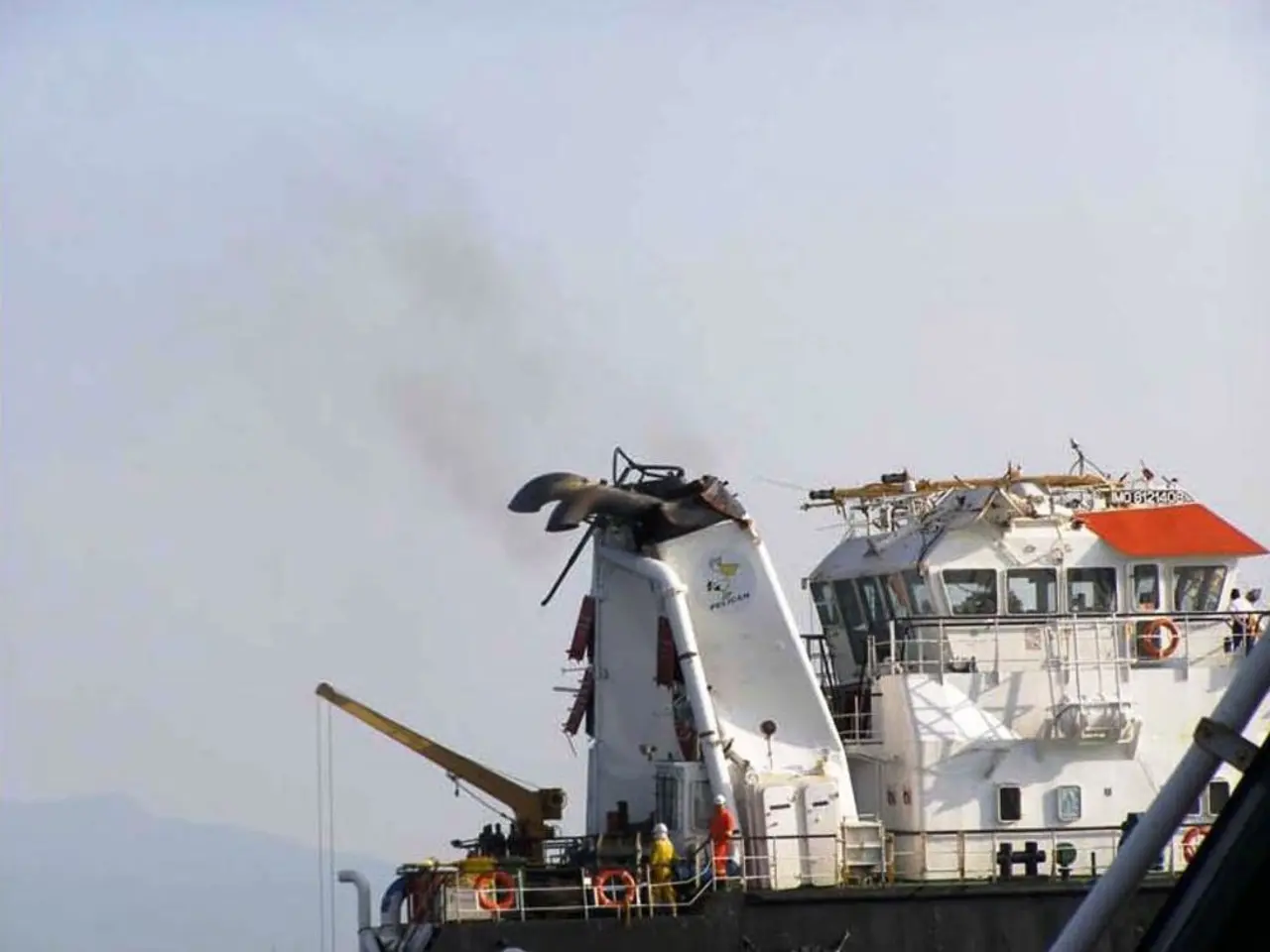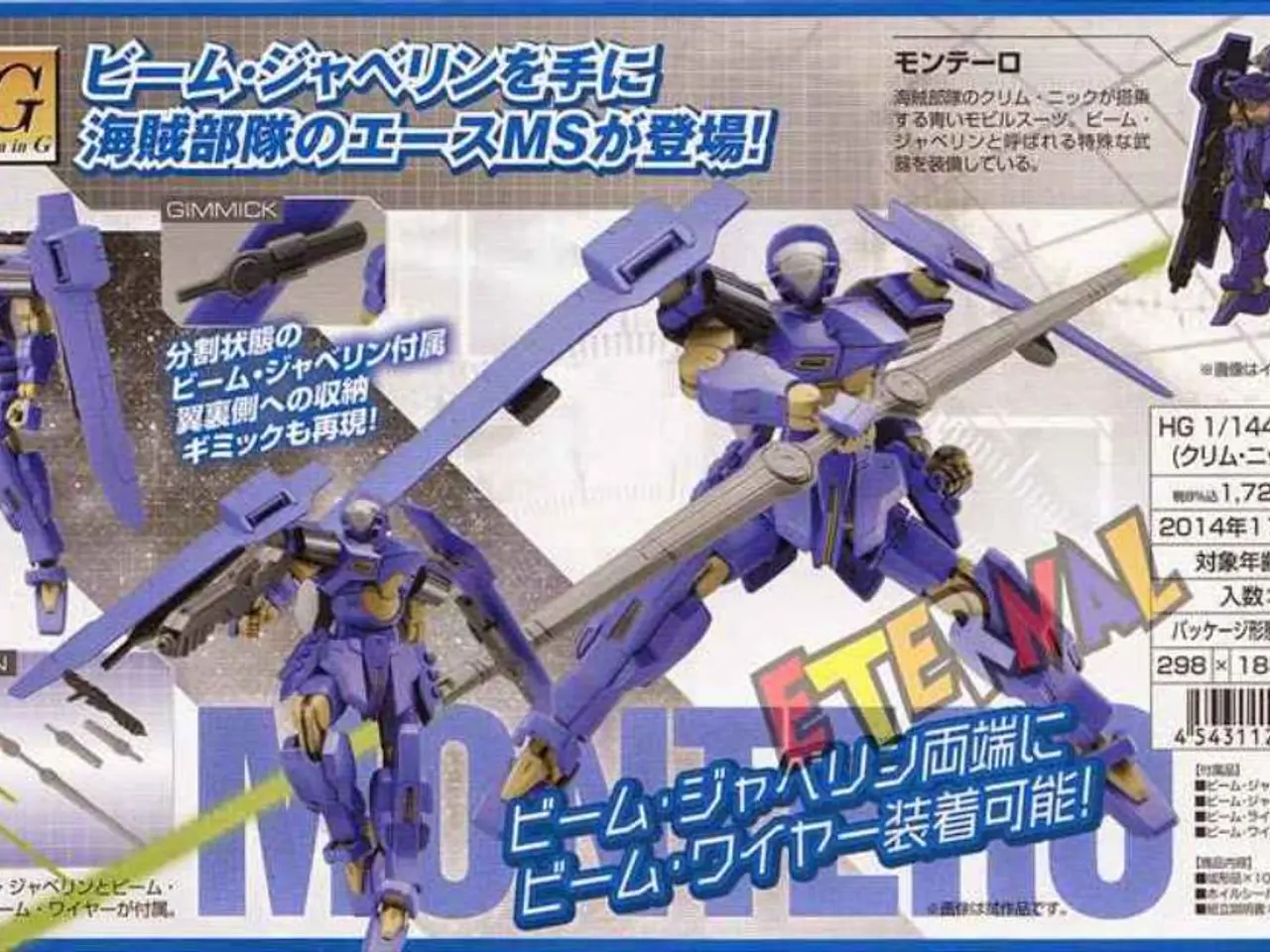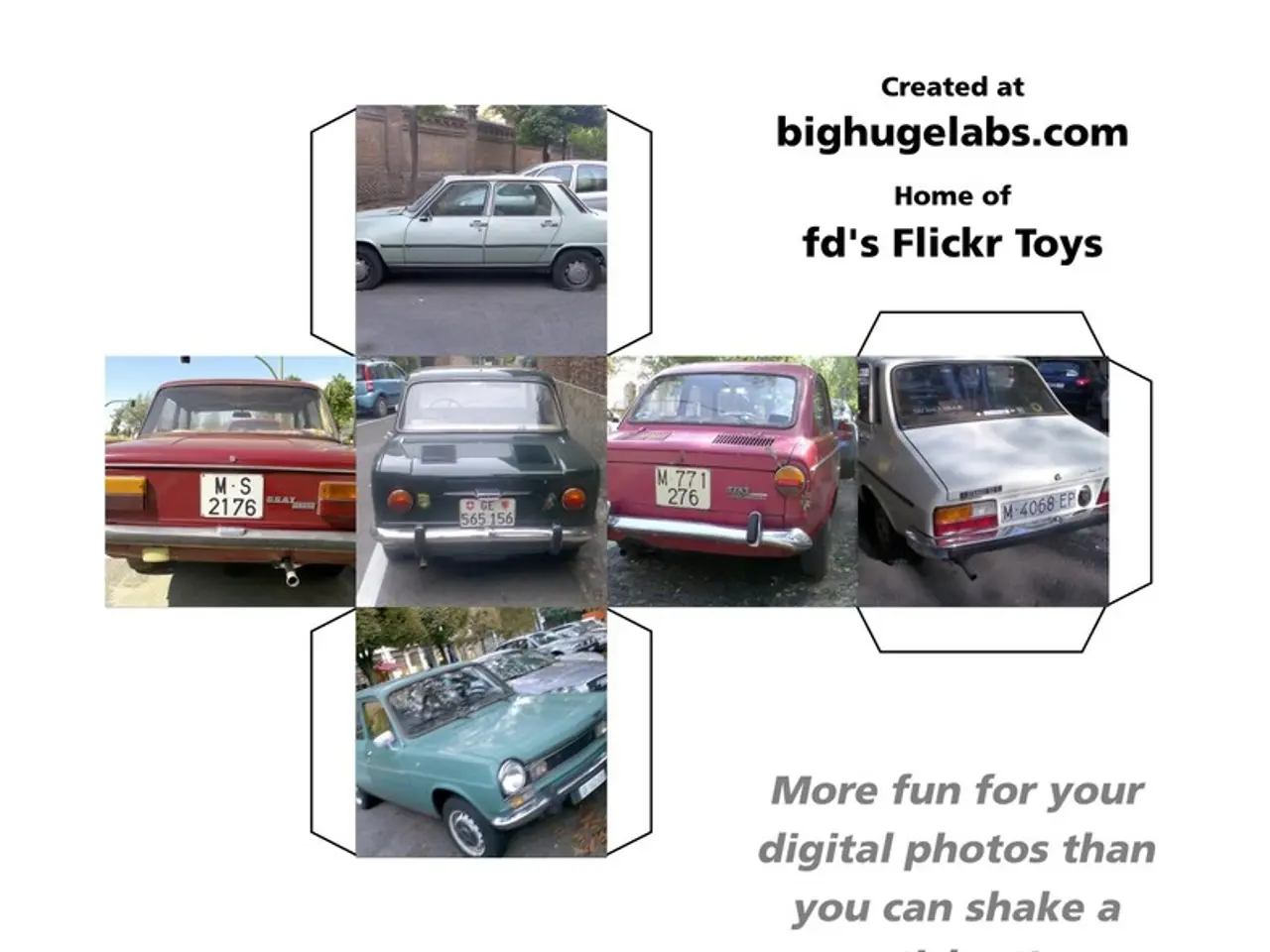Spacecraft Proposal Aims to Transport Over 2,000 Individuals on a Single Voyage to Nearest Stella System, Alpha Centauri
In a groundbreaking achievement, the Chrysalis spacecraft project has claimed the top spot in the Project Hyperion Design Competition. This conceptual design for an advanced spacecraft propulsion system is a bold step towards humanity's future among the stars, with the ambitious goal of carrying up to 2,400 people on a one-way journey to Alpha Centauri.
The Chrysalis spacecraft is an intricate structure, resembling a Russian nesting doll, measuring an impressive 36 miles in length. Each layer of the spacecraft is powered by nuclear fusion reactors, a technology that, while making significant strides, remains far from the compact, high-performance fusion reactors needed for the Chrysalis project.
Currently, fusion power plants under development focus on terrestrial clean energy with large, complex facilities inaccessible for spacecraft integration. The Chrysalis spacecraft project requires fusion reactors that offer high power-to-weight ratios suitable for spaceflight, reliable, compact, and efficient plasma confinement and fuel cycling adapted for propulsion, and possibly novel fusion fuels or reaction schemes to optimize thrust and operational duration.
The Chrysalis spaceship is designed to house several generations of people until it enters the Alpha Centauri system. The layer closest to the core is dedicated to food production, while the fifth and outermost shell serves as a warehouse for resources, materials, equipment, and machinery. Artificial intelligence will collaborate with those responsible for the governance of the Chrysalis spaceship, potentially running the fifth level of the spacecraft.
The Chrysalis project requires initial generations to live in an isolated environment in Antarctica for 70 to 80 years. The destination within the Alpha Centauri system is the planet Proxima Centauri b. If successful, the Chrysalis spacecraft could make the 40 trillion kilometer journey to Alpha Centauri in around 400 years.
The winning team of the Project Hyperion Design Competition was awarded $5,000 USD. The Project Hyperion jury praised the system-level coherence and innovative design of the Chrysalis spaceship's modular habitat structure. Hypothetical projects like the Chrysalis spaceship can contribute to our existing knowledge base and help improve upcoming designs.
While the technology for the Chrysalis spaceship, such as commercial nuclear fusion reactors, does not yet exist, the progress being made in fusion research offers hope for the future of space exploration. The Chrysalis spacecraft project serves as a beacon of innovation, pushing the boundaries of what is possible and inspiring the next generation of space pioneers.
The Chrysalis spacecraft project, winning the Project Hyperion Design Competition, is a testament to the intersection of science, technology, and space-and-astronomy, as it entails a modular habitat structure aimed at advancing humanity's exploration of space using fusion technology for propulsion.
Fusion power plants currently under development are primarily focused on terrestrial energy, yet the Chrysalis project calls for compact, high-performance fusion reactors suitable for spaceflight, with efficient plasma confinement and fuel cycling tailored for propulsion, especially considering novel fusion fuels or reaction schemes.



